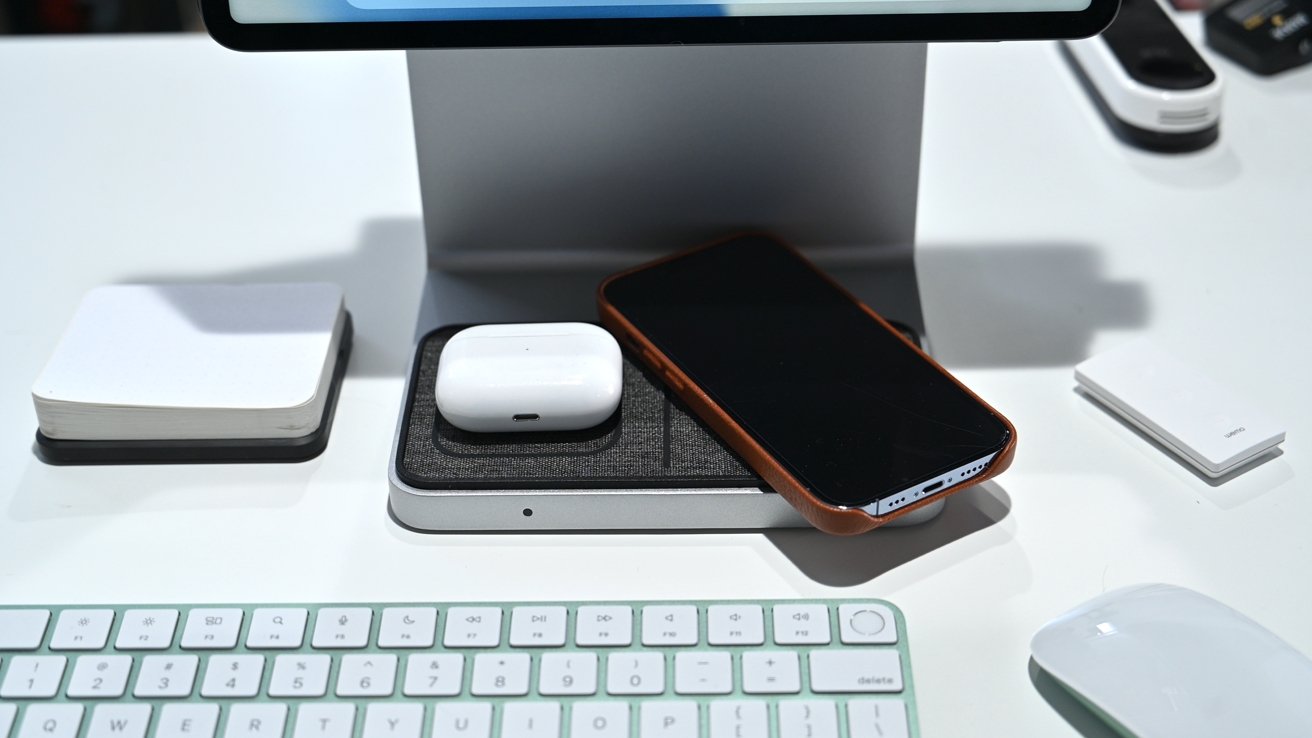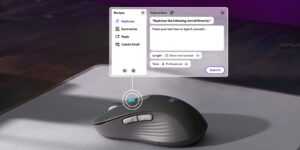An Apple Car? Cool, but I’d rather see Apple perfect over-the-air charging : Apple World Today

[ad_1]
In January Xiaomi announced its Mi Air Share Technology — and I’d love to see Apple develop/perfect such technology. Over-the-air charging (assuming it can be done safely) is certainly in the tech giant’s wheelhouse.
Mi Air Charge Technology allows users to remotely charge electronic devices without any cables or wireless charging stands. Xiaomi immodestly says that it allows us to “enter a true wireless charging era.”
Xiaomi says the core technology of Mi Air’s remote charging lies in space positioning and energy transmission. The company’s self-developed isolated charging pile has five phase interference antennas built-in; purportedly, they can accurately detect the location of for example, a smartphone.
How Xiaomi Mi Air over-the-air charging works
A phase control array composed of 144 antennas transmits millimeter-wide waves directly to the phone through “beamforming”. That technique focuses a wireless signal towards a specific receiving device, rather than having the signal spread in all directions from a broadcast antenna.
On the smartphone side, Xiaomi has also developed a miniaturized antenna array with built-in “beacon antenna” and “receiving antenna array.” The beacon antennae broadcast position information with low power consumption. The receiving antenna array composed of 14 antennas converts the millimeter wave signal emitted by the charging pile into electric energy through the rectifier circuit.
Over-the-air Charging Limitations…
Currently, Mi Air is a bit limited. Its remote charging technology is capable of 5-watt remote charging for a single device within a radius of several meters. Multiple devices can be charged at the same time (each device supports 5 watts) without interference by physical obstacles.
Xiaomi says that in the near future its space isolation charging technology will work with smart watches and other wearable devices. The company touts that soon “our living room devices, including speakers, desk lamps and other small smart home products, will all be built upon a wireless power supply design, completely free of wires, making our living rooms truly wireless.”
Where does Apple fit in?
Apple was rumored to be interested in such tech about four years ago when it was rumored that the tech giant might acquire, or partner with, Energous, a company that had developed over-the-air charging system with the cool moniker of “WattUp.” Speculation at the time said Apple developing long-range charging allowing multiple devices to charge anywhere within 20 feet.
In 2016, Apple hired two former uBeam engineers with expertise in wireless charging and ultrasonic technology. uBeam is a wireless charging start-up. In the last four-plus years Apple has hired more than a dozen engineers for such an endeavor.
Apple and Guru
To help develop over-the-air charging, Apple might consider — as I said in a January 24 post — acquiring Guru. That company has built a wireless charging system that transmits electricity using high-frequency radio waves.
Guru’s zero contact energy system beams power through the air using radio wave technology. This means devices can receive power, without wires, cords, or physical contact. The company says the beams intelligently find, and power devices. Devices placed anywhere in a room with a nearby generator automatically receive power.
Of course, I wouldn’t want to use over-the-air charging unless I was sure it was safe. Guru told Tom’s Guide that the mmWave beams are directed and focused. This means that the signals go only where you want them to, and nowhere else. Wi-Fi, by contrast, spits out energy in all directions. Guru also claims that its energy beams have “shallow penetration depth” and cannot reach internal organs.
However, Guru also doesn’t take any chances. CEO Florian Bohn said there’s also sensing technology to pause energy beams within milliseconds if a pet or person enters a beam path.
Also, the FCC has certified over-the-air charging systems from Energous and Powercast.
Of course, the efficiency of over-the-air charging must be improved. It delivers around 50% of the power it sends to the devices receiving it, which means a lot of power is being wasted. Still, as over-the-air charging gets more efficient at powering devices, it could become an everyday part of life — just as normal as using Wi-Fi.
[ad_2]
Source link




